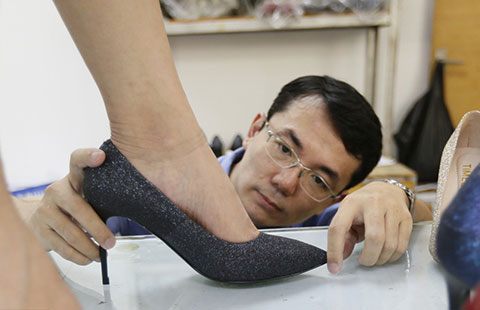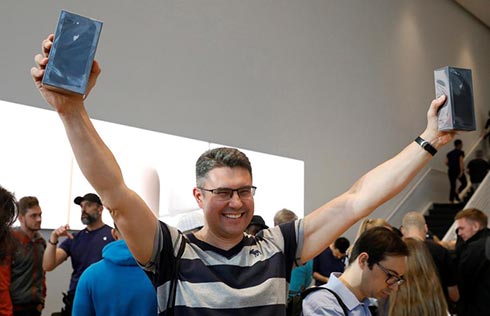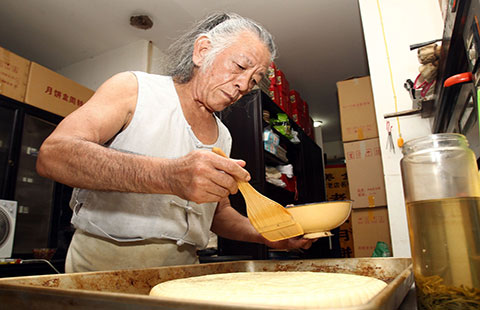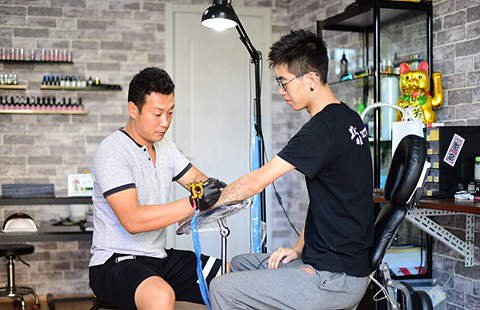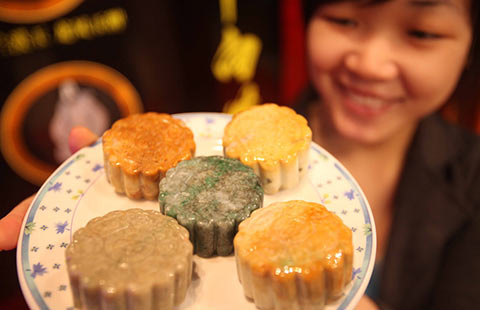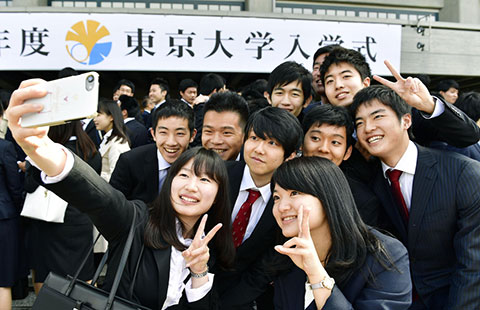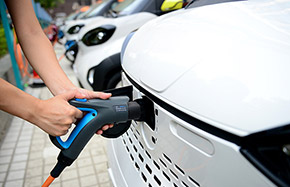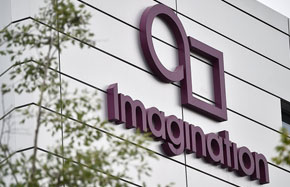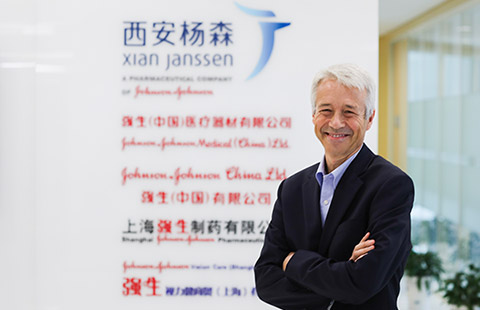Light as a feather, stronger than steel
It is as light as a feather, more than 100 times stronger than steel and a lightning conductor of electricity. It is also destined to reshape our lives.
Graphene has yet to become a household name in industrial products even though it is a breakthrough material.
Incredibly flexible and one of the strongest substances on Earth, this carbon-based element is being hailed as the "new silicon" and looks certain to transform society.
But before that one giant leap, a small step has to be taken.
Chinese company Guangzhou OED Technologies Co Ltd is doing just that after announcing plans that it will mass produce electronic shelf labels out of the material next year.
"Compared with traditional displays, graphene screens are more pliable and have more intensity," said Chen Yu, chief executive officer of Guangzhou OED.
"Because it transmits light faster, it means optical displays will be much brighter," he added, pointing out that his company had linked up with Chongqing Graphene Tech Co Ltd.
The firm has also received financial backing from investors such as Foxconn Technology Group, the world's largest electronics contractor, and Softbank Asia Infrastructure Fund (SAIF) Partners.
Chen stressed that Guangzhou OED and Chongqing Graphene have poured about 700 million yuan ($106 million) into research and development of graphene-related products in the past several years.
Screens made from the material are extremely pliable, energy-efficient and thinner than liquid crystal displays or LCDs.
They can also be used in an array of products such as e-book readers, smartphones and tablets, as well as electronic shelf labels, digital signs, information billboards and watches.
"We will start commercial production of graphene electronic shelf labels next year, to meet the growing demand from China's unmanned convenience stores," Chen said.
"As internet giants such as Alibaba (Group Holding Ltd) scramble to open unmanned stores, the demand for electronic shelf labels will surge," he added.
Since electronic shelf labels have tiny screens, Guangzhou OED will be able to manufacture a few hundred thousand a year.
Later on, the company plans to break into the internet of things market by turning out screens for a wide range of household products.
In 2015, Guangzhou OED passed on its graphene electronic-paper technology to Russian smartphone maker Yota Devices to develop its next generation of products with double-sided display screens.
"Hisense Co Ltd, which unveiled a handset equipped with an electronic-paper screen, and German e-book maker TrekStor have also used the company's technology," Chen said.
Graphene is an allotrope of carbon in the form of a two-dimensional, atomic-scale, honey-comb lattice. A single layer is only 0.335 nanometers thick.
In 2004, Andre Geim and his colleague Kostya Novoselow stumbled across the substance at the University of Manchester in the United Kingdom.
The discovery would revolutionize the way people understand matter and win the Dutch-British physicist and Novoselow the 2010 Nobel Prize for Physics.
"It is the thinnest material you can get-it is only one atom thick," Geim told the media. "A tiny amount can cover a huge area, so one gram could cover a whole football pitch.
"It's the strongest material we are aware of because you can't slice it any further," he added.






